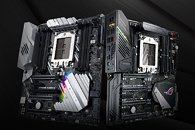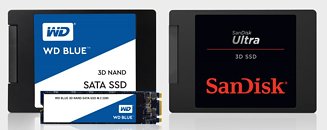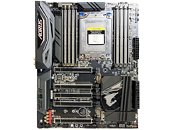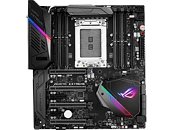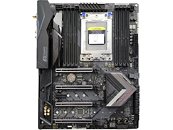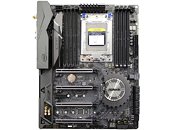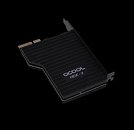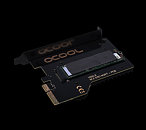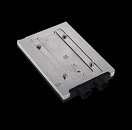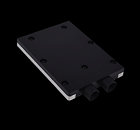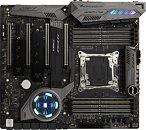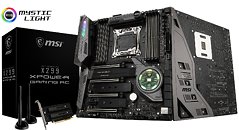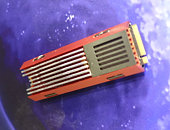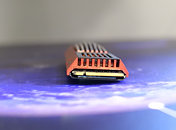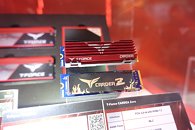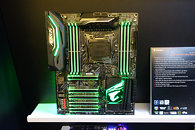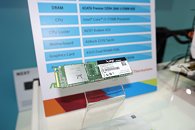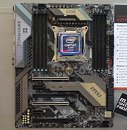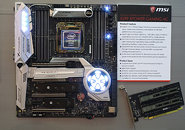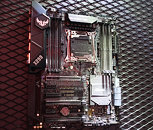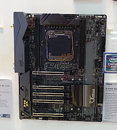
ASRock Announces X399 Taichi and Fatal1ty X399 Professional Gaming Motherboards
ASRock's Fatal1ty X399 Professional Gaming board is ideal for high end gamers and other power users. This board gets the utmost from the modern high-speed networking environment with features like AQUANTIA 10Gb/s LAN - ideal for ultra-responsive lag-free online gaming, and for SOHO systems as well. The board's 1 x U.2 connector and 3 x Ultra M.2 sockets easily support high-end SSDs for lightning fast startup and game level loading. This board features IR3555M DrMOS and premium 60A power chokes, it is optimized for monitoring current and temperature to maintain stable power and flawless performance, even at peak loads and during overclocking.
Producing some of the smoothest and most lifelike graphics ever seen from the most powerful cards the industry has to offer, ASRock's X399 motherboards supports 4-Way operation for both NVIDIA SLI and AMD CrossFireX. All the PCIe lanes are supported directly from the CPU without using an additional bridge controller, to ensure unhindered graphics performance.
Producing some of the smoothest and most lifelike graphics ever seen from the most powerful cards the industry has to offer, ASRock's X399 motherboards supports 4-Way operation for both NVIDIA SLI and AMD CrossFireX. All the PCIe lanes are supported directly from the CPU without using an additional bridge controller, to ensure unhindered graphics performance.





